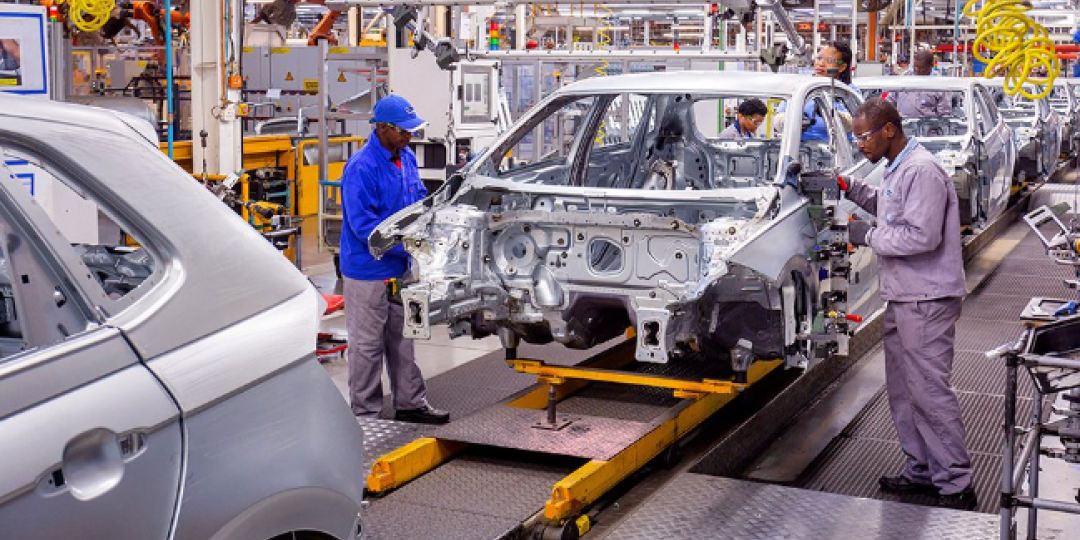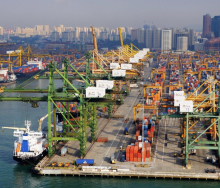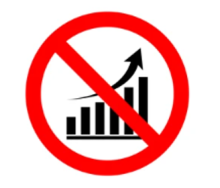Despite positive overall vehicle sales in May this year, the load-shedding situation in South Africa has plunged the country into a tailspin that could potentially unravel the automotive industry – a vital cog in the freight machine and the entire economy.
In a hard-hitting preamble to the announcement of the latest statistics for motor vehicle sales of all classes, the chief executive officer of naamsa The Automotive Business Council, Mikel Mabasa, said: “By 17:00pm on 09 May 2023, South Africa had been in the dark for as long as the entirety of 2022. To date, South Africans have spent 27% of the year without power, compared to 9.5% of 2022, and the situation is likely to get worse as the winter season intensifies.”
Business sentiment is riding a pessimistic tide, with uncertainty surrounding South Africa’s future participation in the African Growth and Opportunity Act (Agoa) now entering a realm of speculation. This required a swift response from government to ease speculation, Mabasa said.
Equally so, naamsa’s in-house CEOs Confidence Index reflected a gloomy outlook for nearly all the automotive industry’s key performance indicators over the next three months.
“A load-shedding-bound economy will cause irreparable harm to the automotive industry which has become the successful cornerstone of industrialisation and development in South Africa,” he said.
Mabasa was forthright in his assessment of the current operating – manufacturing and trading – environment in which the automotive sector is floundering.
“It is facing multiple headwinds, including: the recent escalation of interest rate hikes; the depreciation of the currency on the back of geopolitical risk reputation around the Russia-Ukraine war; sectoral supply chain disruptions; as well as producer and consumer inflationary pressures.
“An unprecedented operational environment is now redefining the performance of the automotive industry, with record-high external influences for decades. These ongoing negative domestic and global economic activities directly affect the production mechanisms of the industry and therefore, the cost of doing business in South Africa,” he said.
He added that, following the 10th consecutive interest rate hike announcement by the South African Reserve Bank in May at 50 basis points, resulting in a 14-year high 7.75% repo rate and 11.25% prime lending rate, the rand for the first time, and inconsistent with emerging market currencies, had gone into free fall mode to record lows.
Globally, recession concerns have gained prominence, while concerns over the high inflation environment continue to persist. For South Africa, the risks are heavily tilted downwards, especially as debt levels continue to grow to record highs. The likelihood of further monetary tightening is very high as inflation remains stickier than expected.
Vehicle export performance continues to be affected by the stagflation shocks, amplified by the protracted Russia/Ukraine geopolitical conflict. This has seen GDP growth in some of South Africa’s key export destinations, such as the UK, the US, and Europe, moderate sharply compared to 2022 trends.
Vehicle exports up over 67% - local sales also positive
South Africa’s May automobile export sales were 31 437, which showed a record high improvement at 12 498 vehicles or a remarkable gain of 67.5% compared to the modest vehicle exports during May 2022 at 19 007 units.
New Ford and Amarok bakkie manufacturing boosted the vehicle export numbers for May, while the significant marginal difference in export stats between May 2023 and low-base May 2022 was a result of 2022’s vehicle export knock-on effects of the severe flood disruptions in KwaZulu-Natal. The automotive supply chain and damages to the Toyota facility, along with a widespread decline in economic momentum around the globe, weighed severely on vehicle exports.
The May 2023 year-to-date (YTD) vehicle exports, at 146 985 units, reflected an increase of 12 498 units or a 9.3% volume increase from the 134 487 units recorded for May 2022 YTD. The month-on-month (m-o-m) export sales reflected an increase of 1 492 units or 4.9% from 30 341 export vehicle units recorded for April 2023, to 31 833 units recorded for May 2023.
Locally, aggregate industry new vehicle sales for May 2023 were up at 43 060 units (3 959 increase) which represented a 10.1% gain compared to the aggregate of 39 101 units recorded for the corresponding month of May 2022.
The May 2023 new light commercial vehicle sales showed a substantial increase of 38.5% or 3 564 units. Sales of medium commercial vehicles recorded an increase of 2.7% or 15 units at 580 compared to the corresponding month of May 2022 at 565.
Heavy commercial segments, which include HCV, extra heavy duties, and bus sales, improved by 365 units, or 19.3% at 2 254 units in May 2023, compared to the same period last year, recorded at 1 889 units.
For the YTD vehicle statistics, the domestic vehicle sales for May 2023 YTD, at 218 869 units, signifies an increase of 6 381 units, or 3%, compared to the same period last year recorded at 212 488 units. In terms of the m-o-m comparison, May 2023 new vehicle sales, recorded at 43 060 units, signify an increase of 5 822 units or volume increase of 15.6% compared to the April 2023 vehicle sales recorded at 37 238 units.













